Rayon satin fabric, often referred to as “liquid silk,” is a luxurious and versatile material that epitomizes elegance and sophistication. Combining the resilience of rayon with the sensual drape and luster of satin, this fabric is widely favored in the fashion industry for its luxurious appeal and diverse range of applications. In this article, we delve into the characteristics, applications, and manufacturing process of rayon satin fabric, shedding light on its unique qualities and undeniable charm. Characteristics of Rayon Satin Fabric: Rayon satin fabric stands out for its remarkable characteristics, making it a popular choice for haute couture, evening wear, and home furnishings. Some notable features include: 1. Softness: Rayon satin fabric boasts a significantly softer texture compared to silk satin, giving it a sumptuous feel against the skin. It is often considered as a cost-effective alternative to silk. 2. Lustrous Appearance: With a high sheen and a reflective surface, rayon satin fabric exudes an air of luxury and glamour.
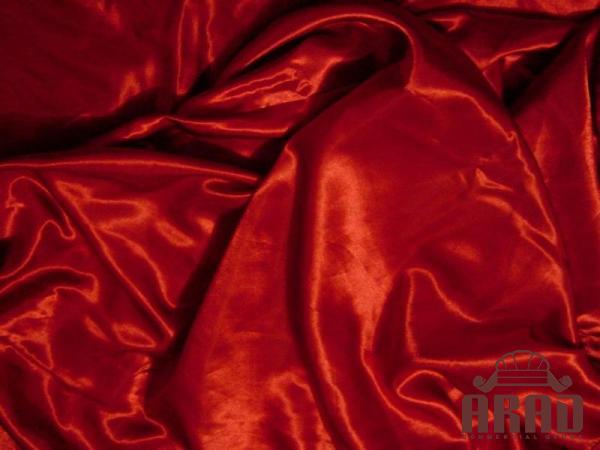
.
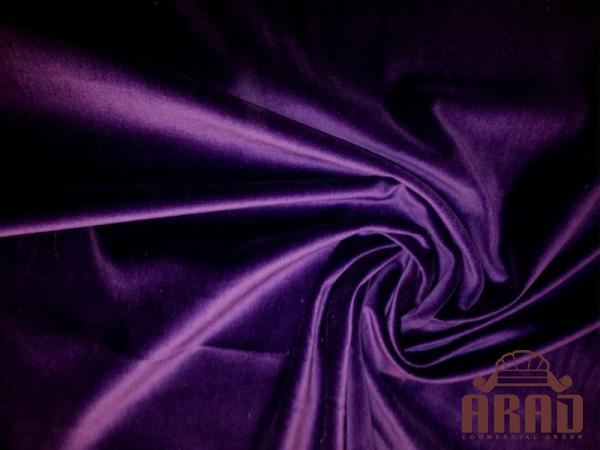 Its smooth finish enhances the colors and patterns, making it an ideal choice for elegant evening gowns and formal attire. 3. Drapeability: The fluid nature of rayon satin fabric allows it to effortlessly drape around the body, enhancing the natural curves and movements. This quality makes it ideal for creating garments with intricate designs and fluid silhouettes. 4. Breathability: Despite its opulent appearance, rayon satin fabric possesses breathability, enabling better air circulation and preventing the wearer from feeling too hot or uncomfortable. Applications of Rayon Satin Fabric: Rayon satin fabric finds wide-ranging applications in the fashion industry, interior decoration, and even in the creation of luxurious sleepwear. Some popular uses of this fabric include: 1. Apparel: Rayon satin fabric is a go-to choice for designers looking to create flowing evening gowns, cocktail dresses, blouses, and skirts. Its lustrous surface adds a touch of sophistication to any garment.
Its smooth finish enhances the colors and patterns, making it an ideal choice for elegant evening gowns and formal attire. 3. Drapeability: The fluid nature of rayon satin fabric allows it to effortlessly drape around the body, enhancing the natural curves and movements. This quality makes it ideal for creating garments with intricate designs and fluid silhouettes. 4. Breathability: Despite its opulent appearance, rayon satin fabric possesses breathability, enabling better air circulation and preventing the wearer from feeling too hot or uncomfortable. Applications of Rayon Satin Fabric: Rayon satin fabric finds wide-ranging applications in the fashion industry, interior decoration, and even in the creation of luxurious sleepwear. Some popular uses of this fabric include: 1. Apparel: Rayon satin fabric is a go-to choice for designers looking to create flowing evening gowns, cocktail dresses, blouses, and skirts. Its lustrous surface adds a touch of sophistication to any garment.
..
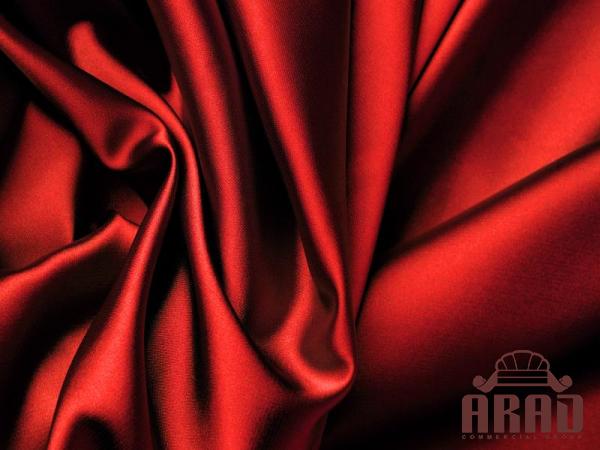 2. Home Décor: From curtains and upholstery to pillow covers and beddings, rayon satin fabric brings elegance and luxury to any home interior. Its natural luster can enhance the ambiance of any living space. 3. Bridal Wear: Due to its ethereal drape and timeless elegance, rayon satin fabric is often chosen for wedding gowns, bridesmaid dresses, and other bridal accessories. It adds a touch of romance and grandeur to the occasion. Manufacturing Process of Rayon Satin Fabric: Rayon satin fabric is crafted through a unique manufacturing process that incorporates the strengths of both rayon and satin. The process involves: 1. Fiber Extraction: Rayon is derived from natural cellulose fibers obtained from wood pulp. These fibers are chemically processed to create a smooth and flexible yarn. 2. Weaving: The rayon yarn is woven using the satin weave technique, where four or more weft threads float over a single warp thread. This weaving pattern gives rise to the characteristic lustrous surface and soft drape of the fabric.
2. Home Décor: From curtains and upholstery to pillow covers and beddings, rayon satin fabric brings elegance and luxury to any home interior. Its natural luster can enhance the ambiance of any living space. 3. Bridal Wear: Due to its ethereal drape and timeless elegance, rayon satin fabric is often chosen for wedding gowns, bridesmaid dresses, and other bridal accessories. It adds a touch of romance and grandeur to the occasion. Manufacturing Process of Rayon Satin Fabric: Rayon satin fabric is crafted through a unique manufacturing process that incorporates the strengths of both rayon and satin. The process involves: 1. Fiber Extraction: Rayon is derived from natural cellulose fibers obtained from wood pulp. These fibers are chemically processed to create a smooth and flexible yarn. 2. Weaving: The rayon yarn is woven using the satin weave technique, where four or more weft threads float over a single warp thread. This weaving pattern gives rise to the characteristic lustrous surface and soft drape of the fabric.
…
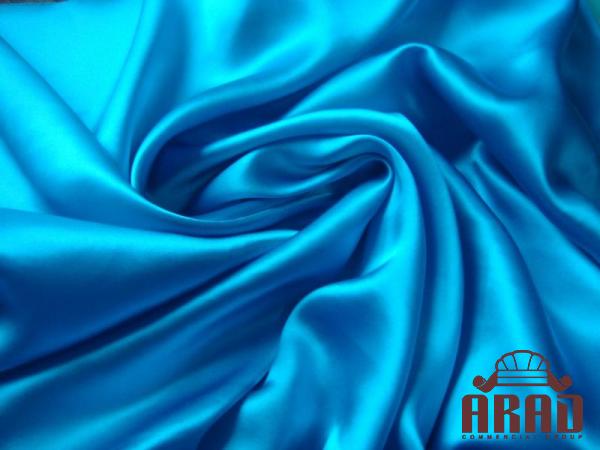 3. Finishing: After weaving, the rayon satin fabric undergoes various finishing processes, including dyeing, printing, and application of special finishes (such as wrinkle-resistance or water-repellency), to enhance its aesthetic appeal and functionality. Conclusion: Rayon satin fabric serves as a luxurious alternative to silk satin, offering a wide range of applications and unparalleled elegance. With its softness, luster, and versatility, this fabric is a favorite among fashion designers, interior decorators, and those seeking a touch of opulence in their everyday lives. Its manufacturing process ensures a perfect combination of resilience and lustrous beauty. With such exceptional qualities, it is no wonder that rayon satin fabric continues to captivate the fashion industry while adding a hint of glamour to our wardrobes and living spaces.
3. Finishing: After weaving, the rayon satin fabric undergoes various finishing processes, including dyeing, printing, and application of special finishes (such as wrinkle-resistance or water-repellency), to enhance its aesthetic appeal and functionality. Conclusion: Rayon satin fabric serves as a luxurious alternative to silk satin, offering a wide range of applications and unparalleled elegance. With its softness, luster, and versatility, this fabric is a favorite among fashion designers, interior decorators, and those seeking a touch of opulence in their everyday lives. Its manufacturing process ensures a perfect combination of resilience and lustrous beauty. With such exceptional qualities, it is no wonder that rayon satin fabric continues to captivate the fashion industry while adding a hint of glamour to our wardrobes and living spaces.
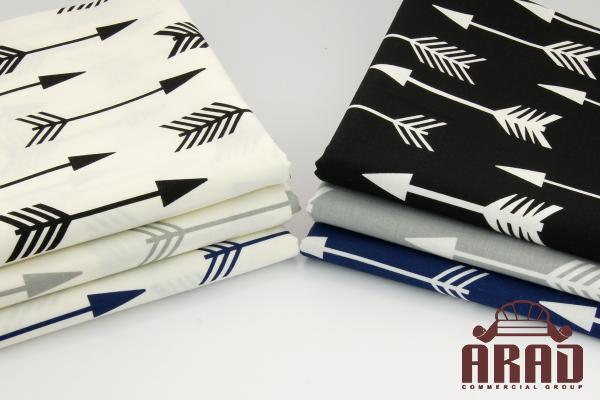
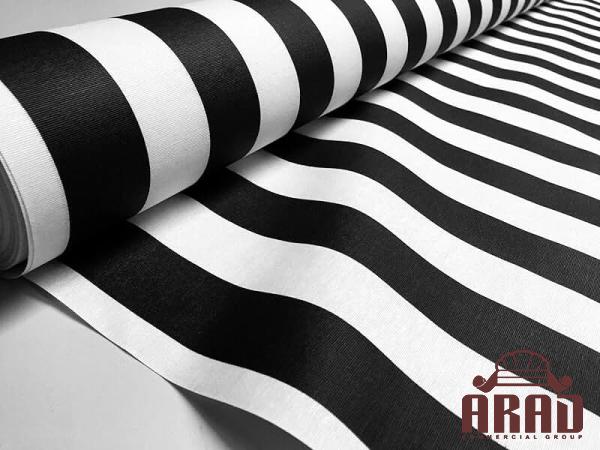
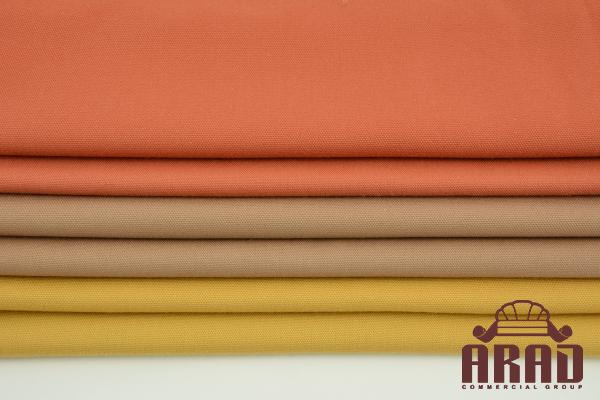
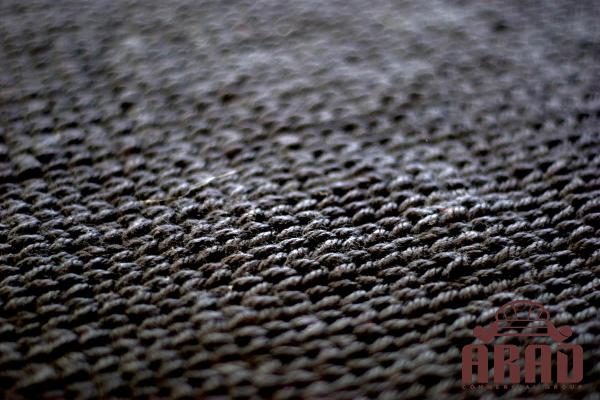
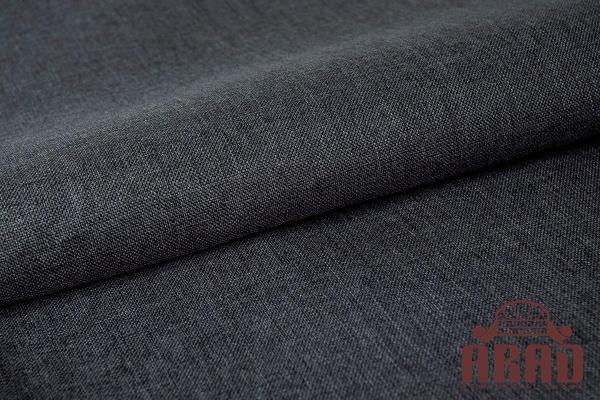
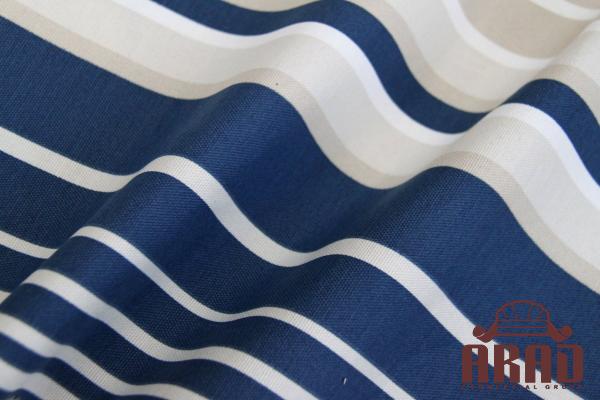
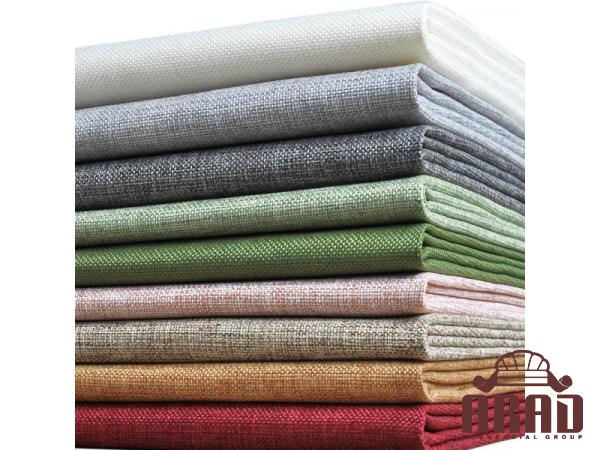
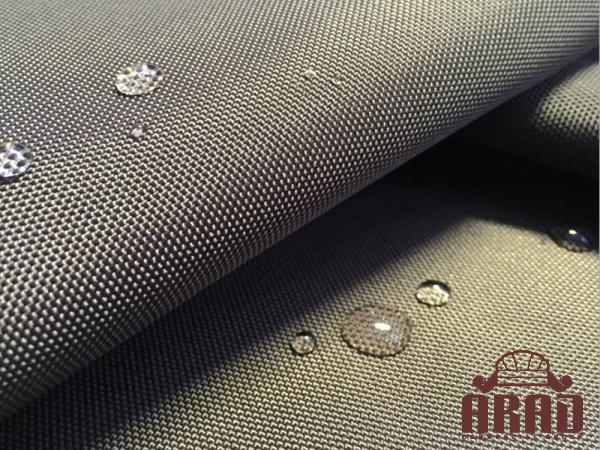
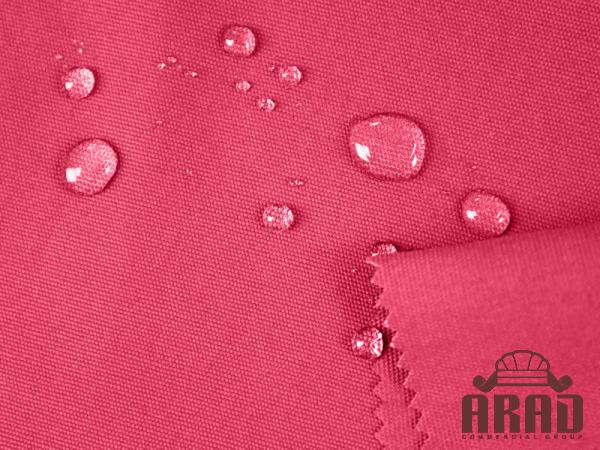
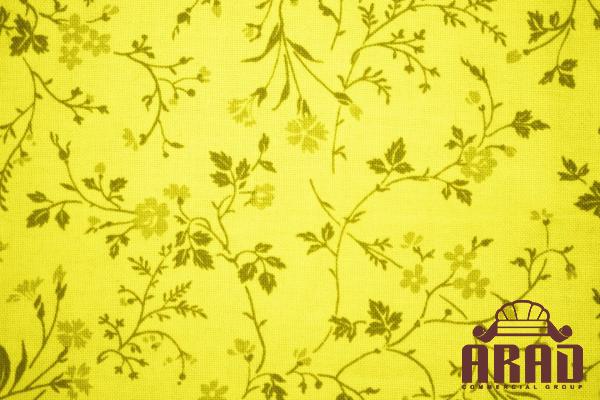
Your comment submitted.